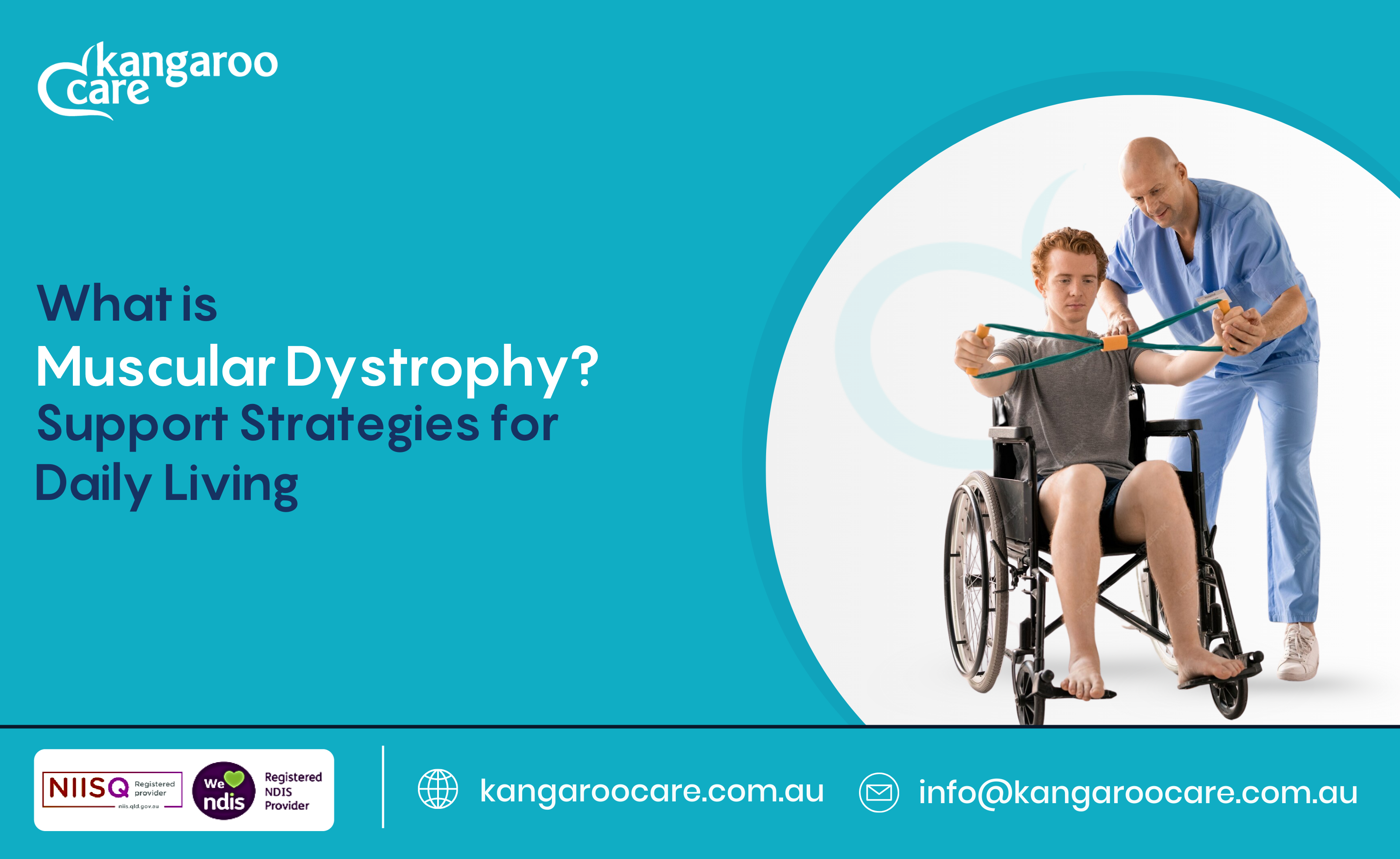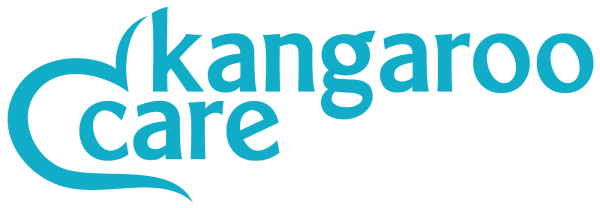
The latest statistics estimate that around 41,000 Australians have Muscular Dystrophy or similar neuromuscular conditions.
What is Muscular Dystrophy?
Muscular Dystrophy (MD) refers to a group of genetic conditions that lead to progressive muscle weakness and degeneration. There are over 30 types, including Duchenne, Becker, Myotonic, and Facioscapulohumeral MD. Each varies in symptoms and severity.
Symptoms often include difficulty walking, muscle pain, and in severe cases, respiratory and heart issues, worsening over time. It’s caused by mutations in genes affecting muscle proteins, diagnosed through genetic testing and clinical evaluations, with no cure but treatments to manage symptoms.
Recent research and trials show an ongoing effort to improve treatment options.
Types of MD
The types of MD vary significantly in their onset, severity, and affected muscle groups. For instance:
- Duchenne MD (DMD) is the most common childhood form, primarily affecting boys, with symptoms often appearing between ages 3 and 6, leading to severe muscle weakness.
- Becker MD is similar but less severe, with a slower progression, typically starting in the teenage years.
- Myotonic Dystrophy, affecting 1 in 8,000 people, is more common in adults and can involve muscle stiffness and heart issues.
- Facioscapulohumeral MD, affecting 1 in 14,000, initially impacts face, shoulder, and upper arm muscles.
Symptoms of MD generally include difficulty walking, frequent falls, muscle pain, and stiffness, with some types also affecting the heart, lungs, and other organs. The progression is typically degenerative, with muscle strength decreasing over time, potentially leading to loss of mobility and increased disability.
Diagnosis of MD involves genetic testing, muscle biopsies, and clinical assessments, with no cure currently available. However, treatments focus on symptom management, including medications, physical therapy, and assistive devices.
Living with MD
Like with any other health condition that may affect an individual’s everyday life, the goal of daily living with MD is focused on maintaining independence and quality of life.
In Australia, several strategies are employed, supported by both medical professionals and community organisations. Medical management incorporates medications, physical therapy to maintain muscle strength and flexibility, and occupational therapy that helps with daily activities.
Assistive devices are also available for individuals – these include aids such as wheelchairs, scooters, and walkers; and orthotic devices, including braces and splints.
Since MD may affect breathing muscles, respiratory support such as ventilatory support, including non-invasive ventilation, may be required, especially at night.
Mental health support, caregiver support, and educational and vocational support are other lifelines that empower individuals with MD to live a life of independence and achieve their goals.
Accessing Support in Australia
Australians with MD can access various support services through organisations like Muscular Dystrophy Australia, which offers practical assistance, activities, and updates for individuals and families. Additionally, the National Disability Insurance Scheme (NDIS) provides funding for services such as physiotherapy, occupational therapy, personal care support, and community participation.
Engaging with these resources and developing a personalized care plan can significantly enhance the quality of life for individuals living with Muscular Dystrophy in Australia.
Conclusion
Muscular Dystrophy presents significant challenges, but with robust support strategies and ongoing research, individuals can manage their condition effectively. Medical management, assistive devices, and mental health support, facilitated by support organisations, alongside NDIS funding, ensure a comprehensive approach. Recent statistics and research, including trials for new DMD treatments, reflect a dynamic landscape aimed at enhancing quality of life.
Work with a trusted NDIS service provider to receive tailored support, access specialised therapies, and navigate available funding with ease – empowering individuals with Muscular Dystrophy to live with greater independence, dignity, and confidence.





